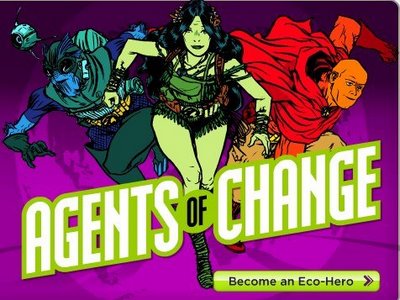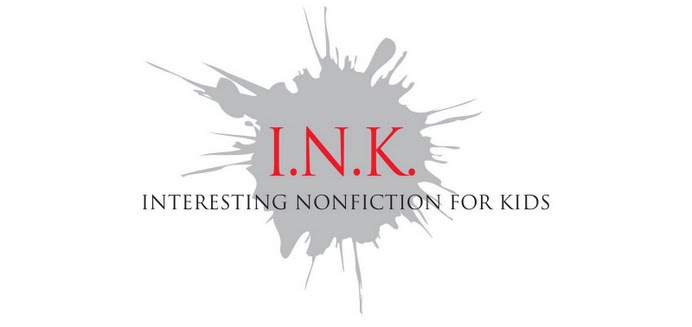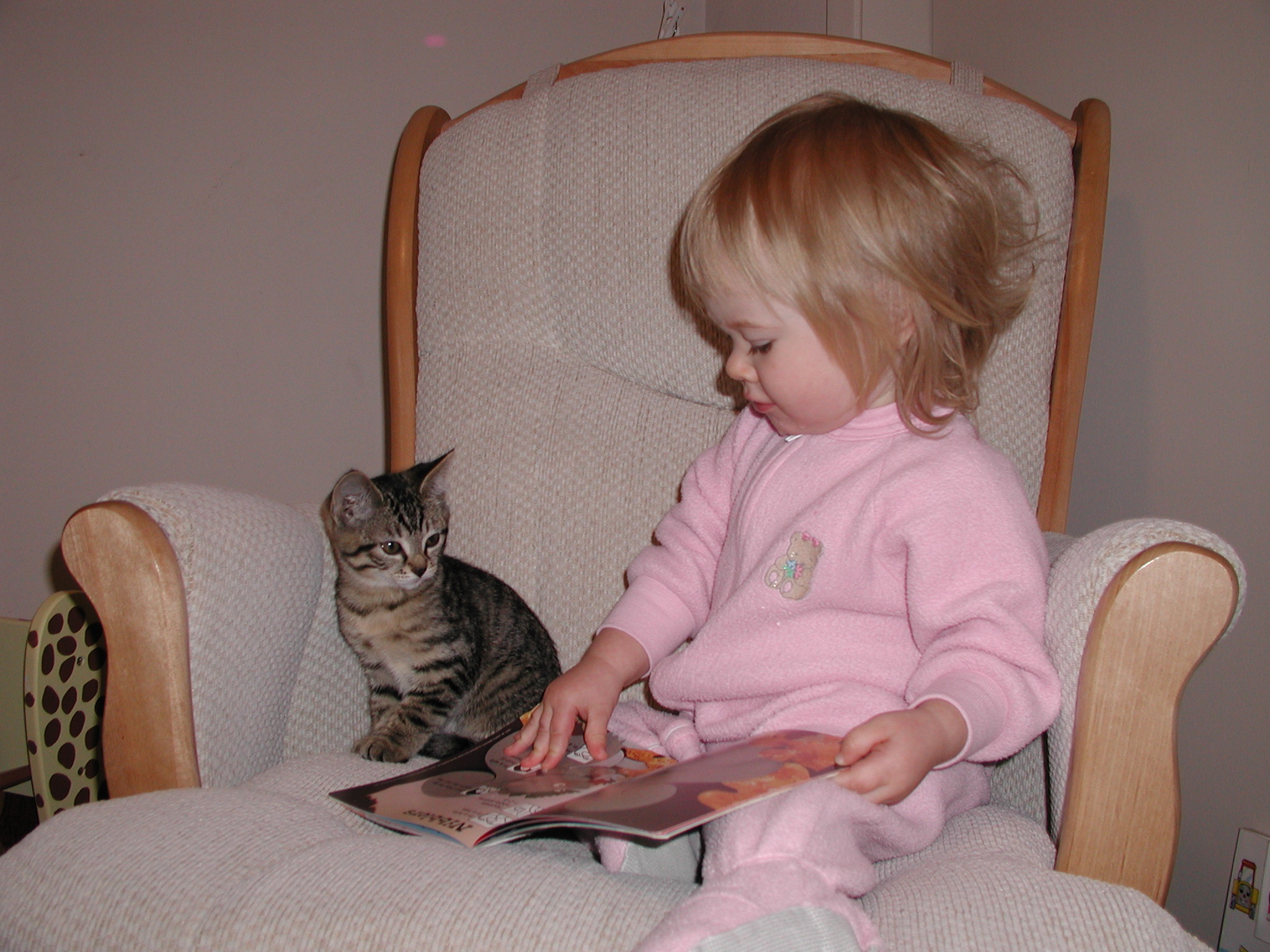I thought I’d take this opportunity to ask her a few questions that have been on my mind and share them with you, so we can all get to know her a little better…

L: From other sources I found online, it sounds like you started writing for children when your own children were young, just like I did. Is that right? Did you always know you wanted to be a writer? Tell us how you got started.
D: I wanted to be a writer from the time I was in the fourth grade, but it wasn’t until my daughter, Rebekah, was born that I realized I wanted to write for children. As a young mother with a full time job, picture books seemed short enough to be doable with my busy schedule. It took me about two years to sell my first magazine story, and another couple of years to sell my first picture book.
L: Whenever I’m not writing, I feel like I should be, but whenever I am writing, I feeling like I’m taking valuable time away from other things. What tricks have you learned for finding a balance between your own creative pursuits and the demands of keeping up with the industry, working full time, taking care of your home and family, etc.?
D: Well, I don’t listen to or worry about people who have firm guidelines about how one must write every day. But I once read a great article where the author recommended two kinds of writing goals: output and process. I use a combination of those strategies to balance my life. Output goals might be expressed as: “I am going to submit a manuscript this month.” And then you do whatever it takes to meet that deadline. Process goals are: “I am going to write for three hours every weekend.” It also just works to put your energies in the direction you want to go as much as you can.
L: Many of your books are historical and obviously heavily researched, yet they end up in the fiction section. How and when do you decide when to go straight nonfiction versus when to fictionalize?
D: Whether a book is historical fiction or nonfiction often is determined by how the story is progressing, I think. Many times the demands of a dramatic arc make it a bit difficult to tell a compelling story for young readers in a nonfiction format.
L: What do you think about the current state of the picture book industry?
D: Well, I am not sure I know enough to be an expert on that! I feel fortunate to still be able to occasionally sell picture books. I also try to have some curriculum tie-in so that my books are appropriate to schools and libraries.
L: I noticed the warm dedication in STAGECOACH SAL to your amazing superagent, Steven Malk at Writers House (who was at our conference last year—thanks, Steven!). Tell us how you snagged him, and if you can, give us a peek inside your author-agent relationship!
D: I called Steven up some years ago at the recommendation of a fellow writer, and feel very fortunate to be able to work with him. Steven is wonderful. I have had many doors opened thanks to his hard work, and I also make an effort to work hard on my own to understand what my editors need and want.
L: My husband once asked me what I would consider success in this industry. I told him I will know I’ve made it when I receive one letter from one child saying that something I wrote made a positive difference in his or her life. (Of course, I’d love truckloads of letters like that, but if I can get at least one, I’ll die happy.) You’ve got a long and varied book list, with an impressive list of awards to go with it. So, how do you define success? Do you feel like you’ve achieved your dream? If not, what’s left on your to-do list?
D: Well, I try to be very grateful for the luck and success that I have had. Right now I am vice president for Advancement at the Pacific Northwest College of Art. I have seven people reporting to me, and it is certainly one of those “big jobs.” I do feel fortunate to have had, in a way, two careers. However, that doesn’t mean I still don’t dream of becoming a full time writer! But with a kid in college and one in graduate school, that may not ever happen.
L: What tips would you like to share with aspiring children’s book writers, especially those of us writing nonfiction or fiction based on facts for grades preK‑5?
D: Well, I think it is very important to understand as much as possible about how publishing works as early in one’s career as possible. Also it helps to understand the crucial role of teachers and librarians in children’s literature. And I would give writers the same advice I give students during author visits: Read!
L: What’s coming up next for you?
My newest book is The Humblebee Hunter, illustrated by Jen Corace. It’s based on the family life of Charles Darwin and his children at Down House. It was recently reviewed in the New York Times, which was exciting. My other forthcoming books include Annie and Helen, to be illustrated by Raul Colon, and A Boy Called Dickens, illustrated by John Hendrix, who also did the artwork for Abe Lincoln Crosses a Creek.
L: Those sound wonderful! I can’t wait to see them. Thanks so much for chatting with me, Deborah. See you in April!





